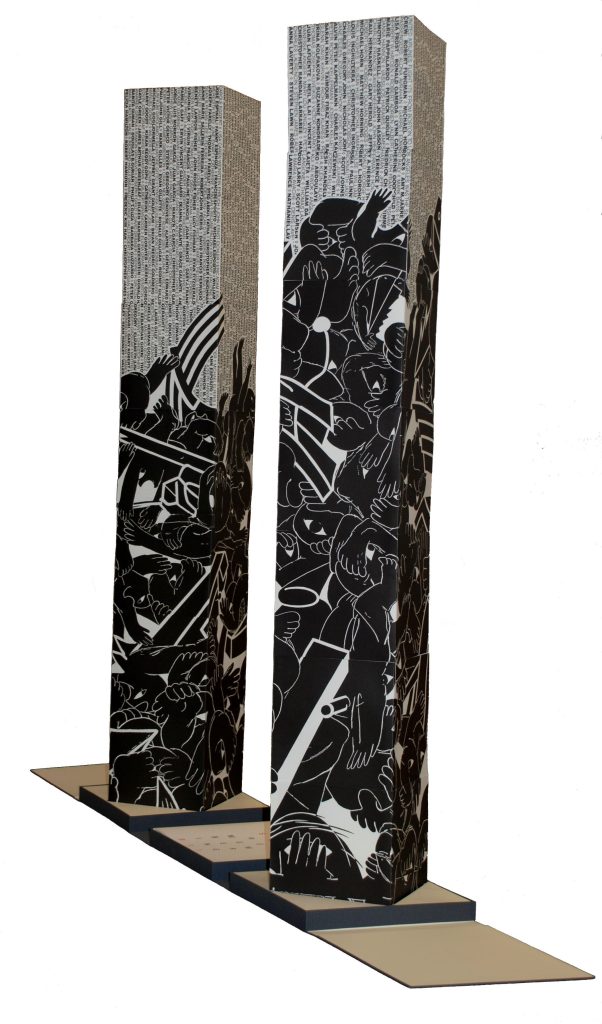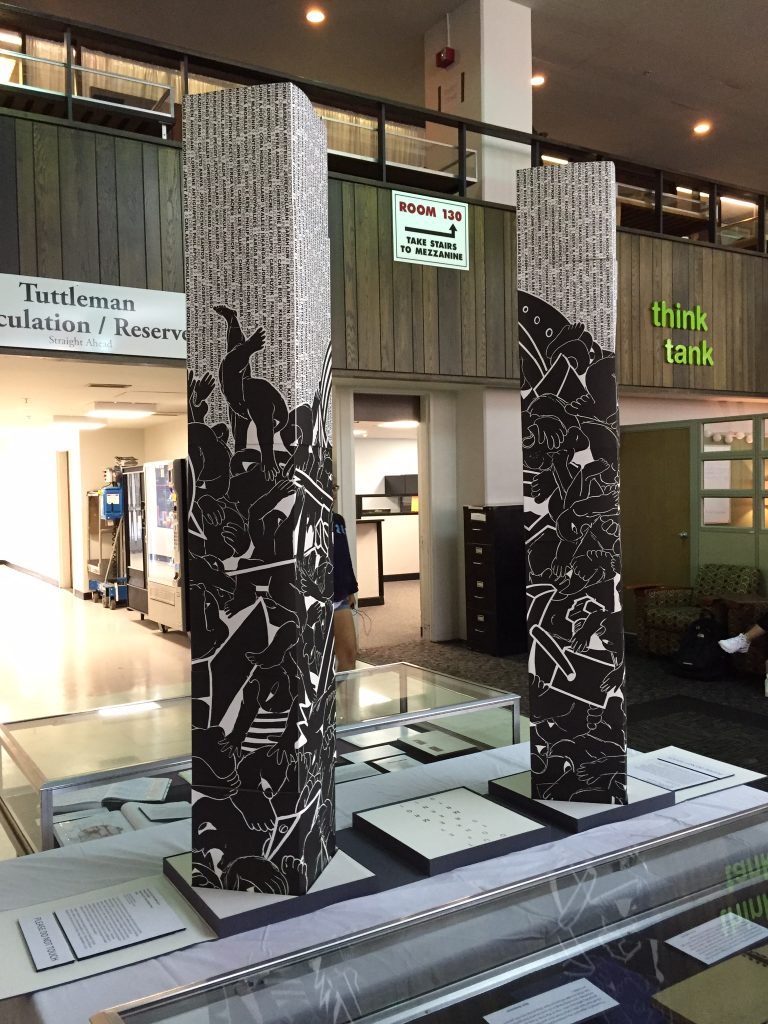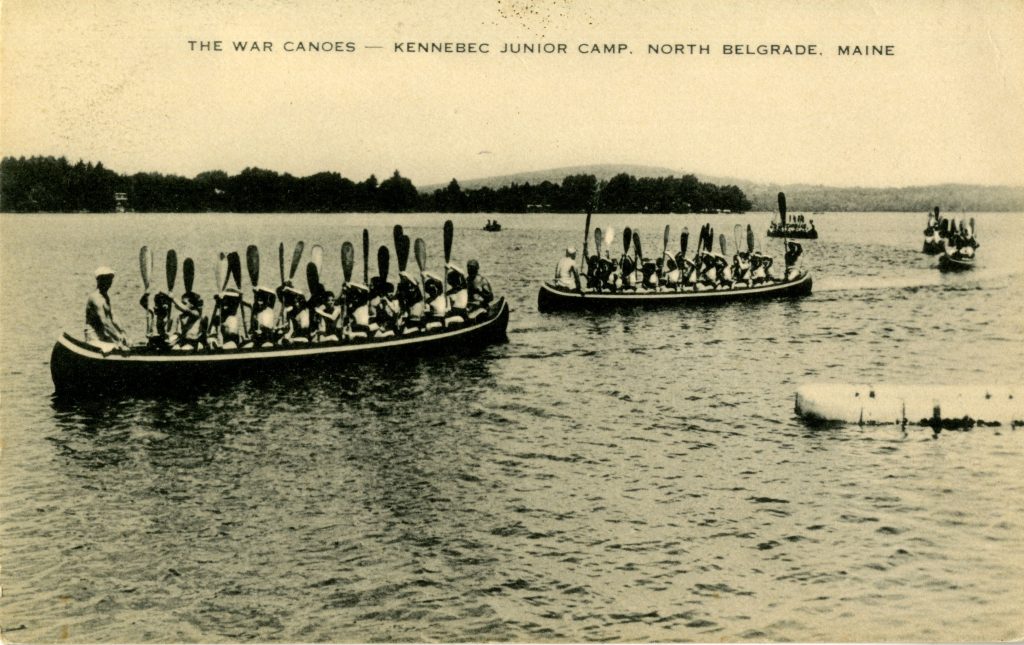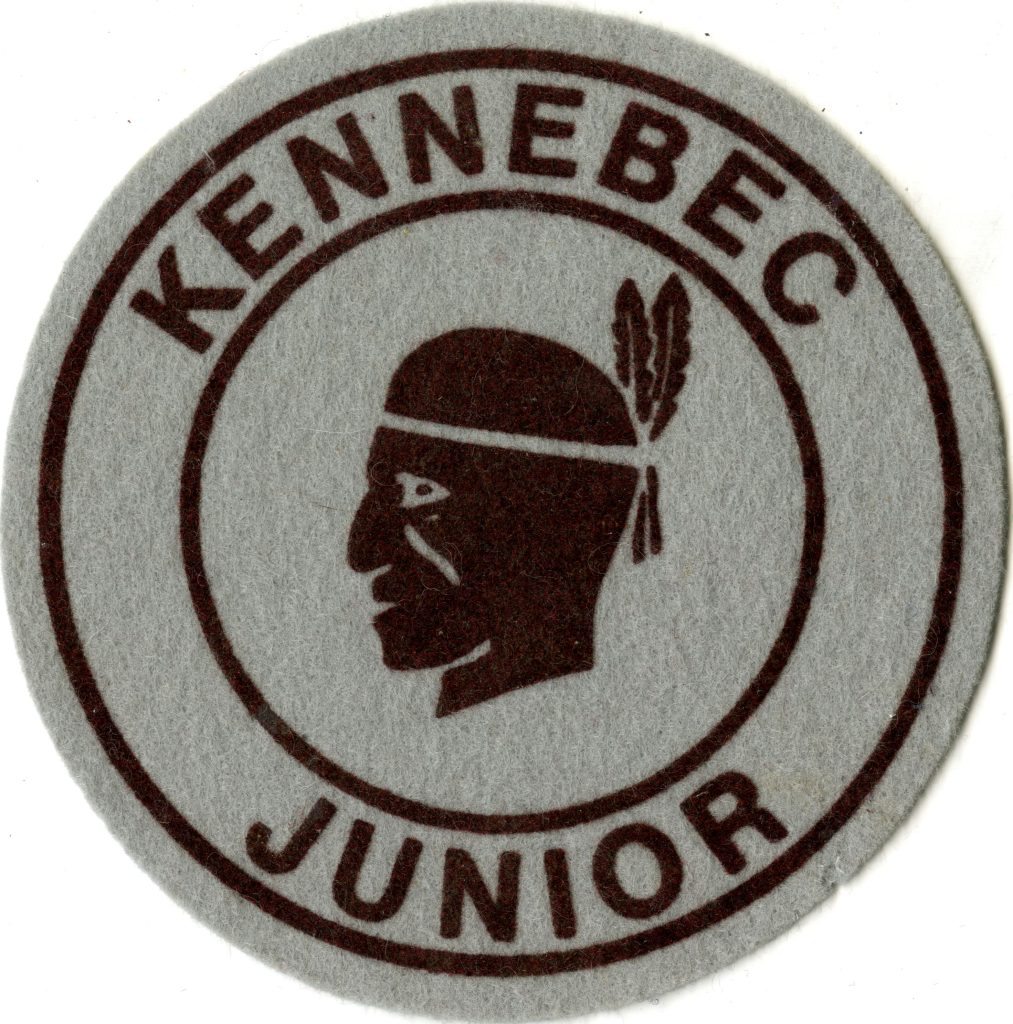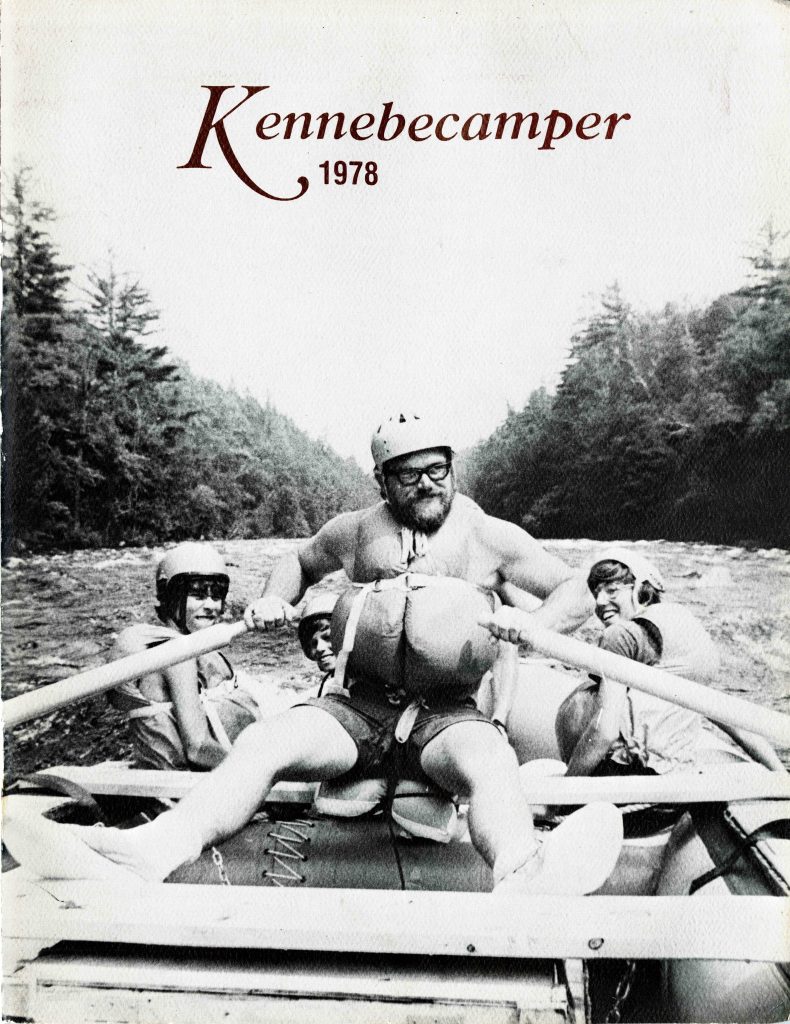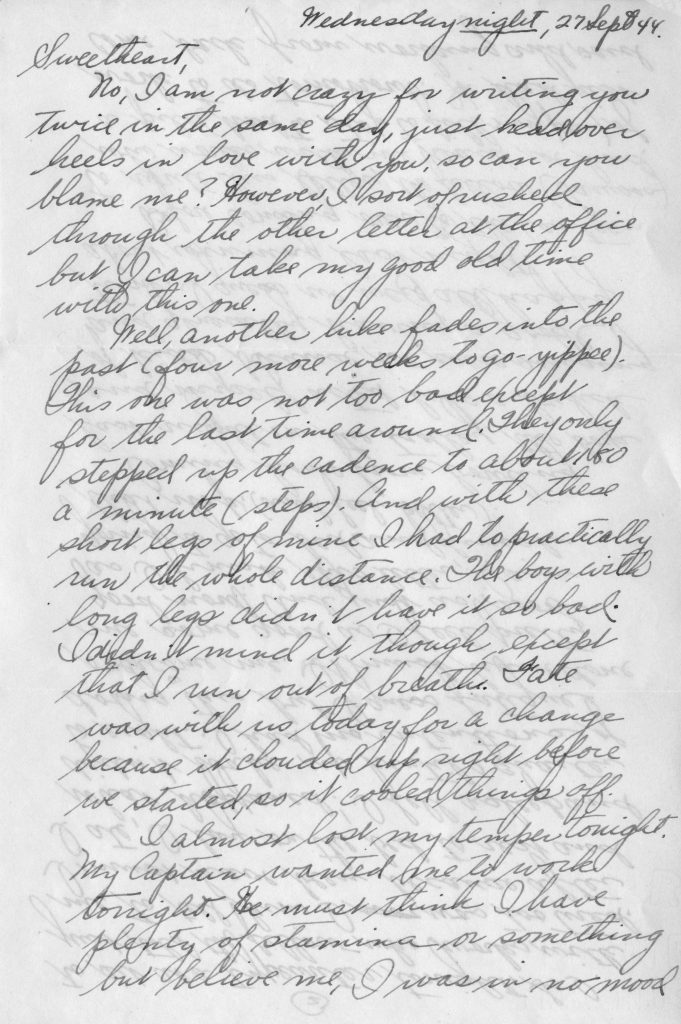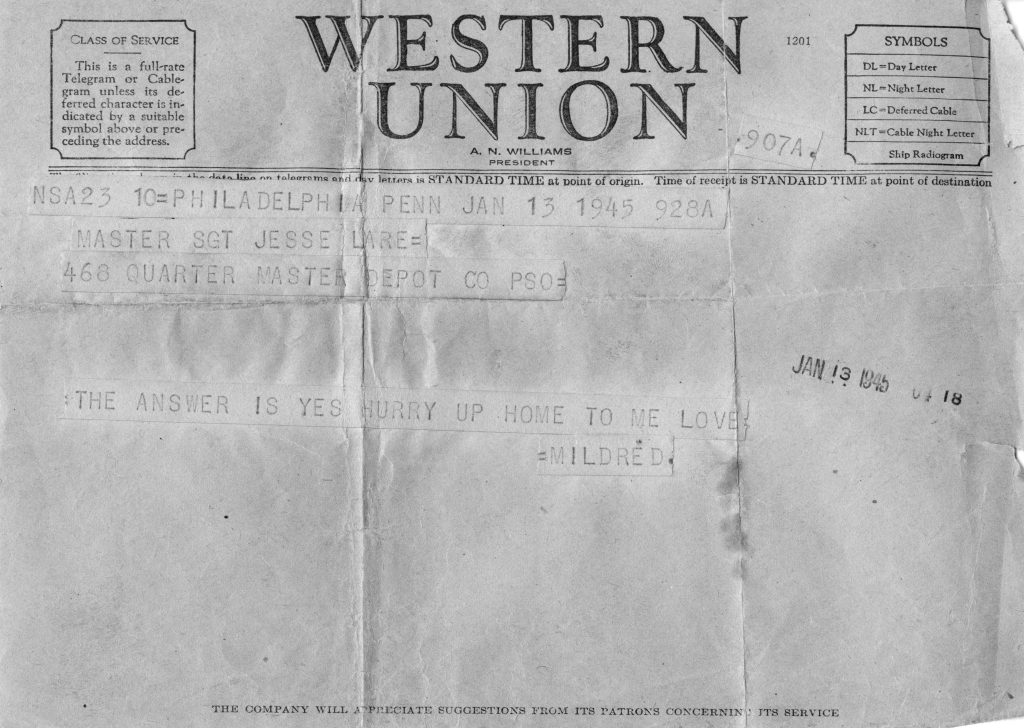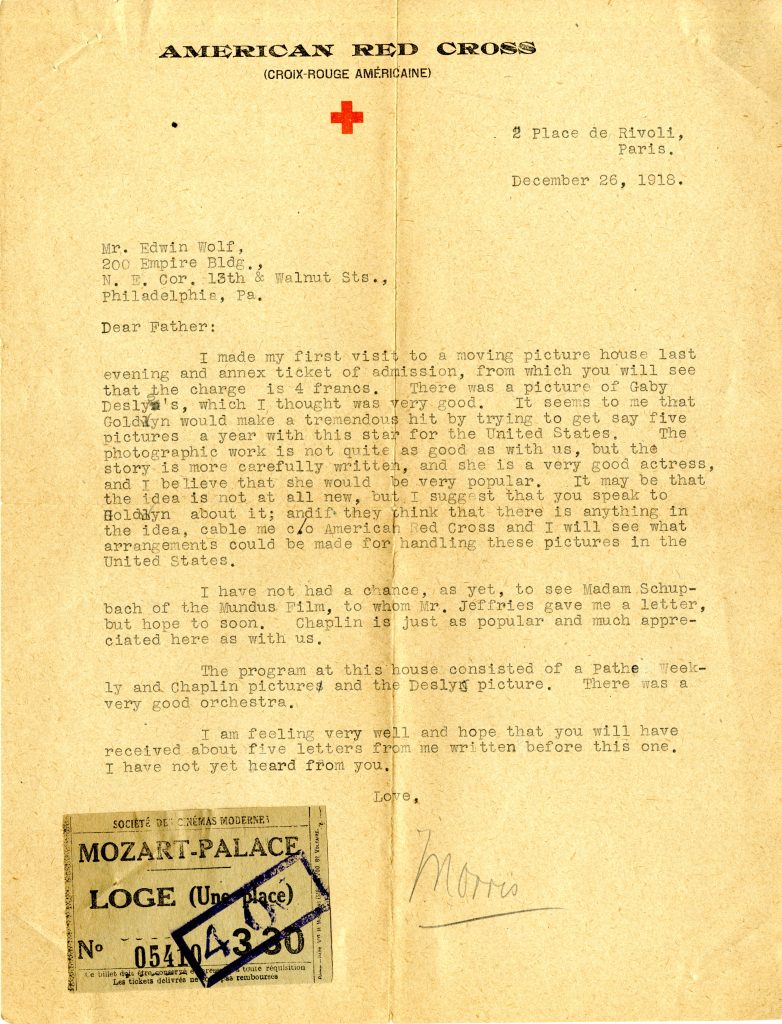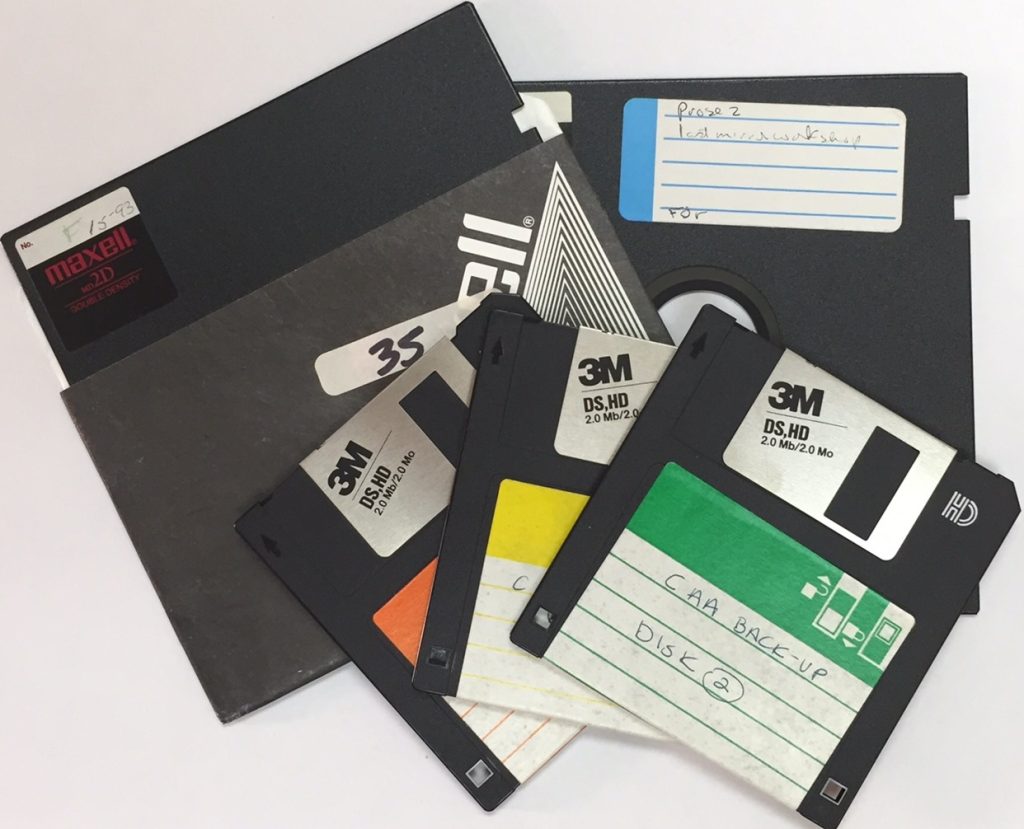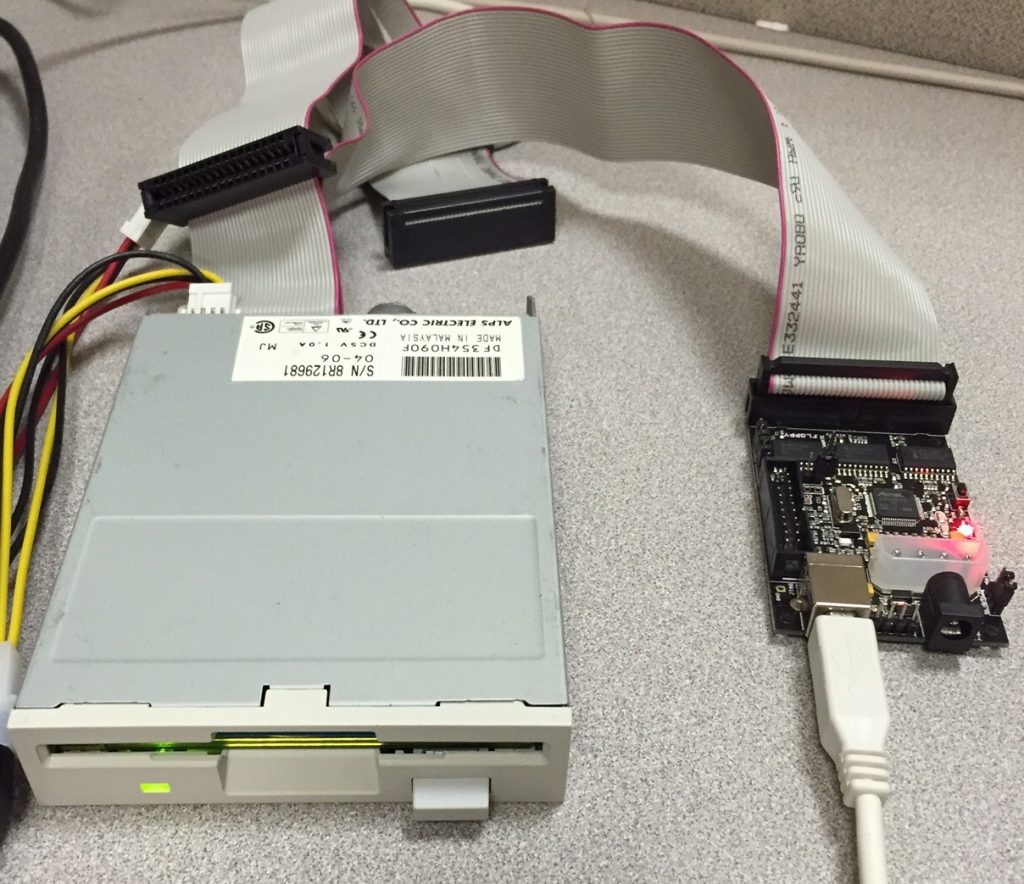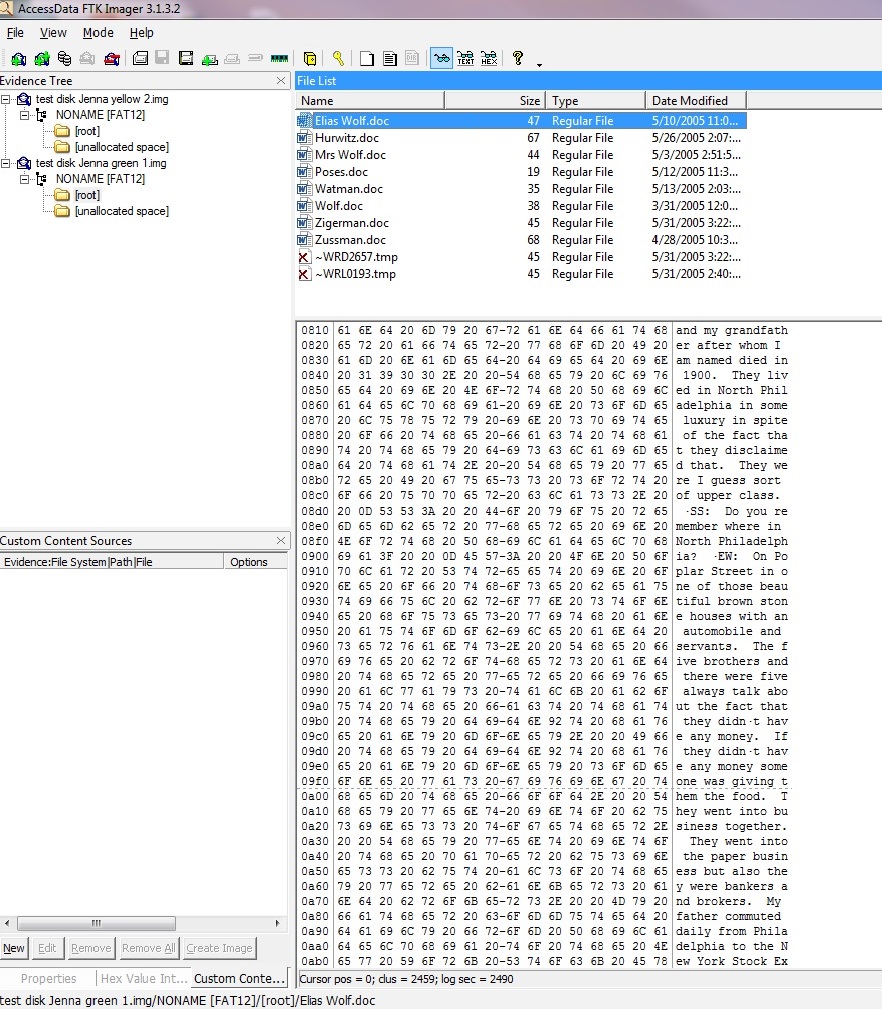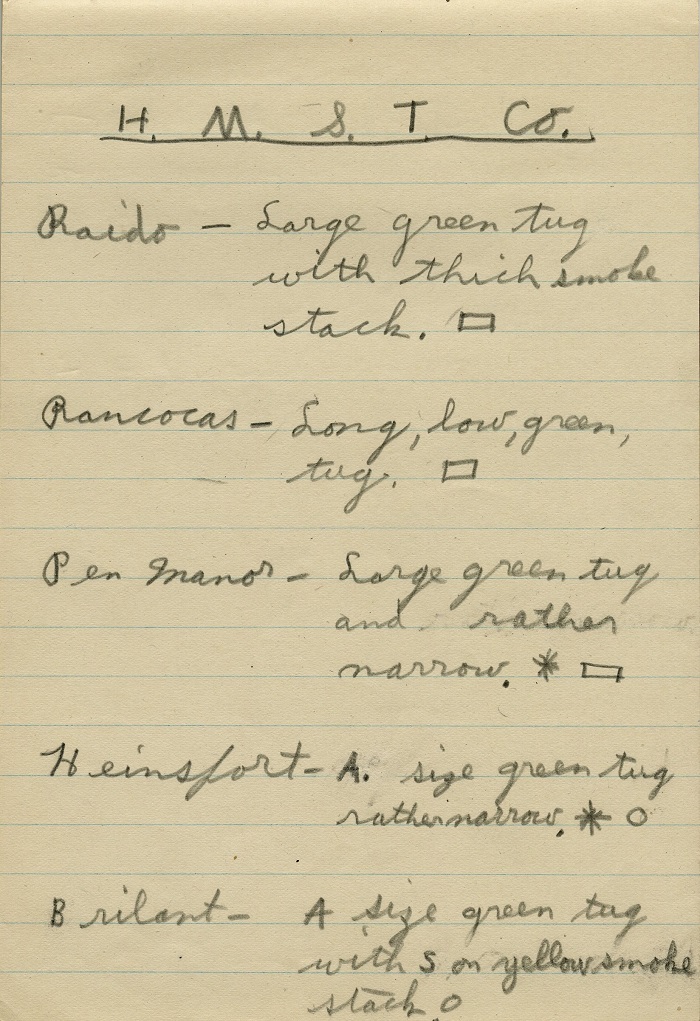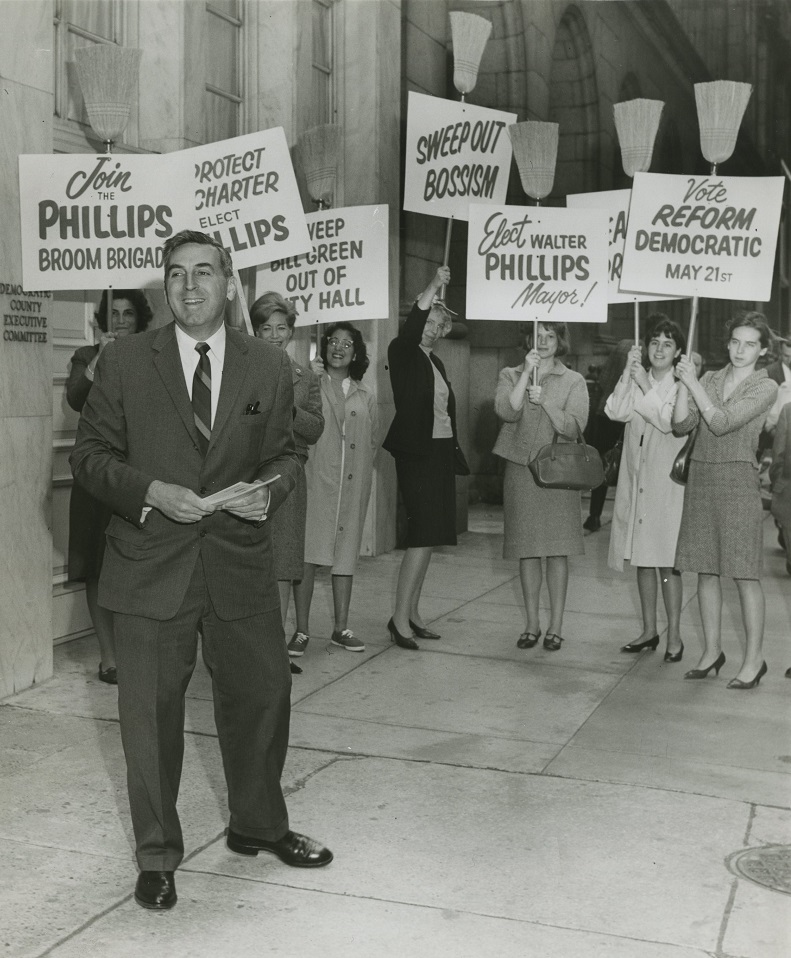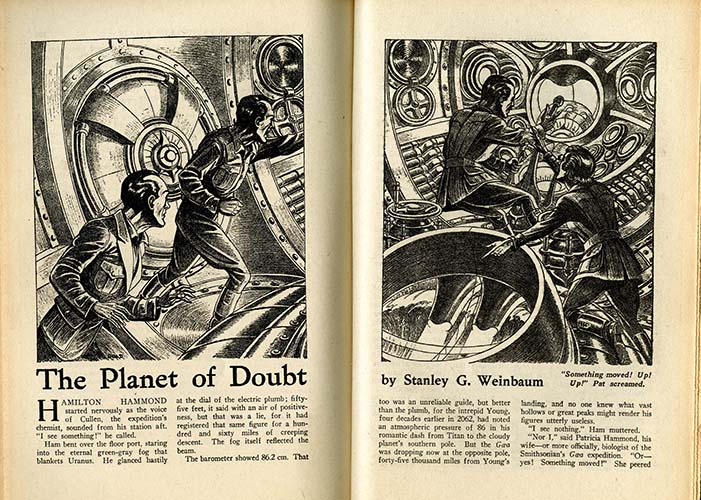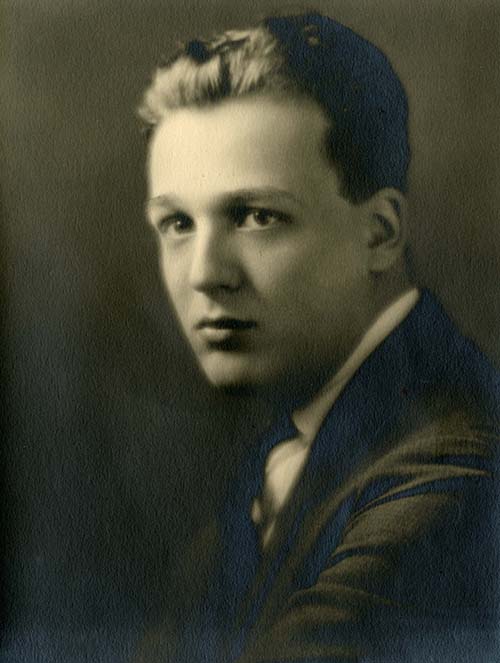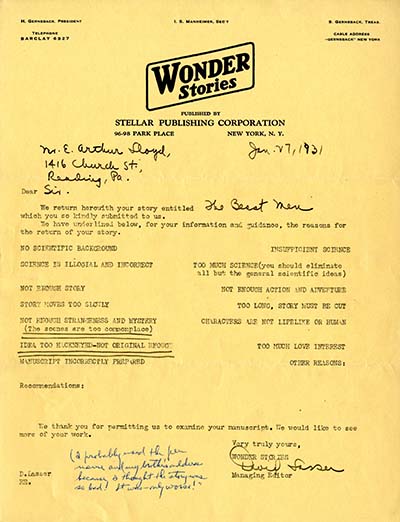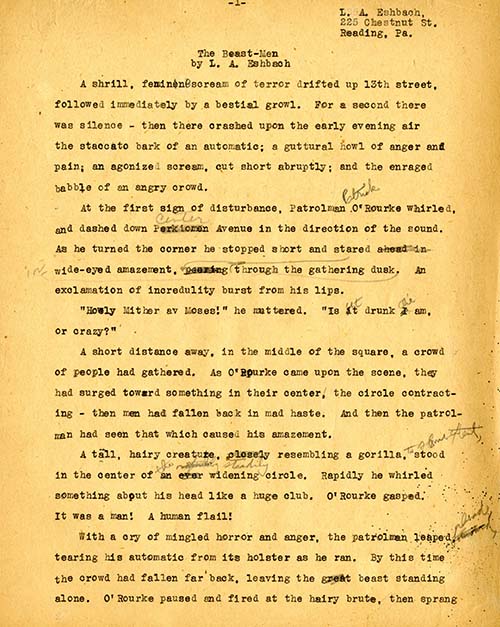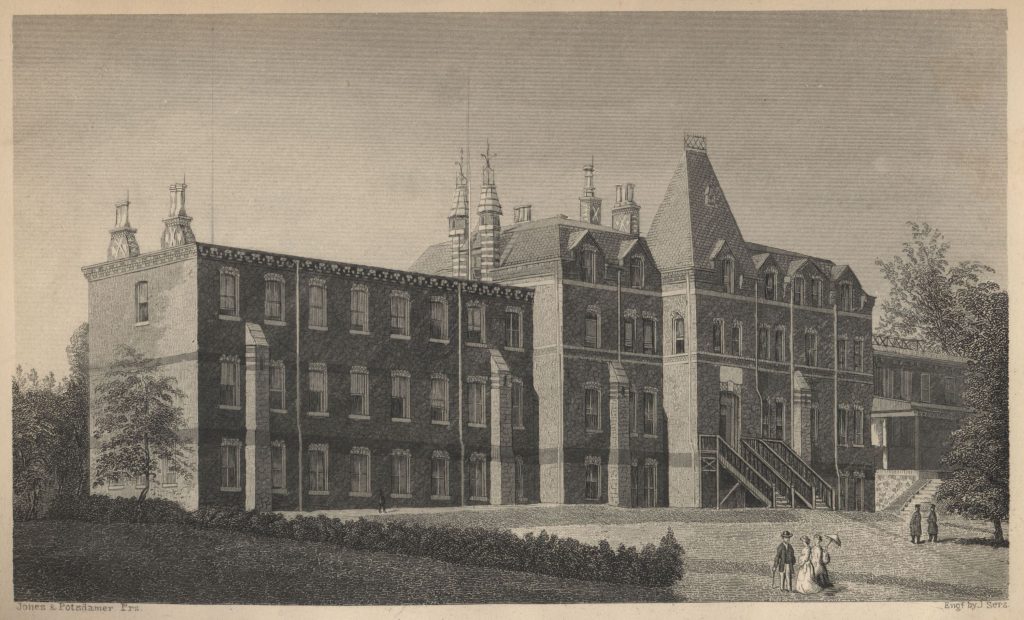
On September 23, 1865, Jewish leaders in Philadelphia incorporated the Jewish Hospital Association of Philadelphia, now known as Einstein Medical Center. In the aftermath of the Civil War, the association’s officers, led by Alfred T. Jones, Isadore Binswanger, Samuel Weil, and Mayer Sulzberger, sought to erect a hospital under Jewish auspices in response to the lack medical care afforded to members of the Jewish community and the employment discrimination Jews were subject to at other area hospitals. The preamble to the constitution of the Jewish Hospital Association states “It is the duty of Israelites to take care of the suffering and needy ones among them, and as the sick are especially objects of charity and public solicitude, and since there is no institution now in existence within the State of Pennsylvania under the control of Israelites wherein they can place their sick, and where these can enjoy during their illness all the benefits and consolations of our religion.”
On August 6, 1866, the Jewish Hospital opened for the reception of patients. The original building was located at Haverford Road and 56th Street in West Philadelphia with room for twenty patients–ten for the sick and ten for inmates of the Asylum for the Aged, Infirm, and Destitute. Philadelphia’s Jewish Hospital was the third such hospital to be established in the United States after the Cincinnati Jewish Hospital (1849) and the Jews’ Hospital of New York (1852). In its first five months of operation, the hospital treated twenty-eight patients including three “non-Israelites.” Nonsectarian from its inception, the Jewish Hospital was committed to “reducing or eliminating the attitudes and prejudices that mixed medical practice with religious and moral views.” Unlike other hospitals in Philadelphia at the time, the Jewish Hospital was “was free of charge to all poor and worthy applicants without regard to nationality or creed.”
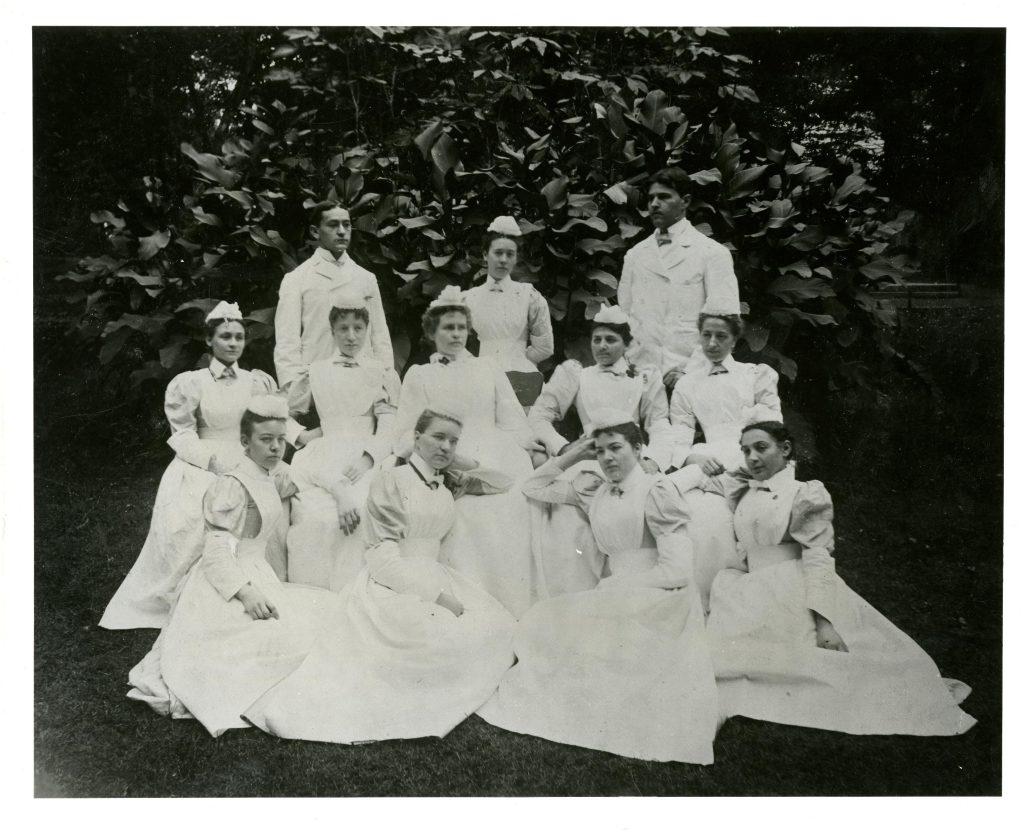
To learn more about the history of the Albert Einstein Medical Center and its predecessor, the Jewish Hospital, use the hospital archives and these resources in the Special Collections Research Center: Mankind and Medicine: A History of Philadelphia’s Albert Einstein Medical Center by Maxwell Whiteman; Edwin A. Jarecki, M.D. Resident Physician Jewish Hospital of Philadelphia, 1892-1934 by William I. Heine; and History of the Jewish Hospital Association of Philadelphia by Henry N. Wessel.
-Jessica M. Lydon, Associate Archivist SCRC




